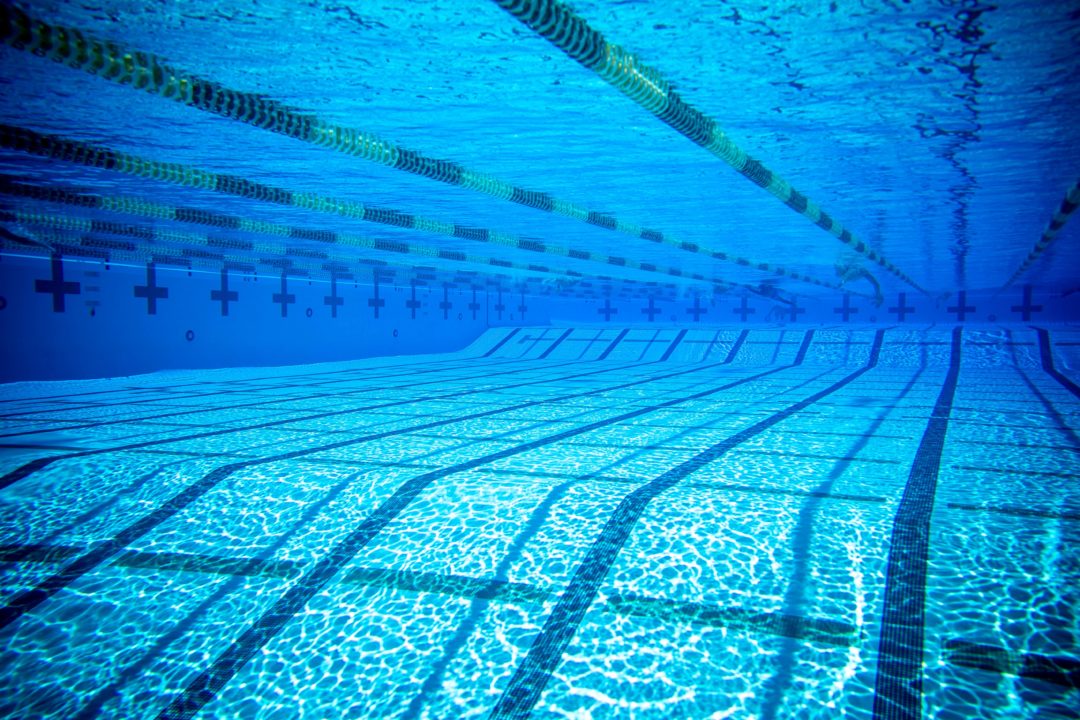In February, Maryland state delegate Karen Toles introduced a bill requiring the state to create a swimming elective curriculum for their public schools grades eight through 12. The bipartisan bill was discussed in a committee hearing in March where Toles emphasized the importance of minimizing the swim safety disparities in majority-Black communities.
The proposed bill would go into effect for the 2025-2026 school year.
Full Synopsis of the bill:
“Requiring the State Department of Education to develop curriculum content for an elective course in water safety and swimming for public school students in grades 8 through 12; requiring, beginning in the 2025-2026 school year, county boards of education to implement the water safety and swimming curriculum content for students in grades 8 through 12 in public middle and high schools in the county; and authorizing a public middle or high school to partner with a local parks and recreation facility for certain purposes.”
The racist policies of swimming pools during the time of the Jim Crow laws, which persisted through the 1960s, created a lack of access to pools and, in turn, a generational fear of learning to swim within majority-Black communities. Toles says she never learned how to swim despite having a pool in her backyard while growing up and she is still nervous when children in her family are around water. “That fear has been passed down from generation to generation,” Toles said, according to DCist.
60 years later, a study by USA Swimming and the University of Memphis at YMCAs found that 64 percent of Black children can’t swim while about 40 percent of white children can’t swim. Additionally, the fatal drowning rate of Black children is three times higher than white children.
Legislation is a powerful way to break that cycle of fear, argues Howard University head coach Nic Askew. He provided the only testimony on the bill via Zoom, citing CDC statistics including that, “Drowning is the number one cause of death among toddlers aged 1 to 4 years old. And it is 100% preventable.”
Howard University had a historic 2022-2023 season, winning their first conference title in 34 years under Askew. Their performance and the historic crowd turnout at an early season meet in October led to a Sports Illustrated feature that highlighted the legacy of Howard – the only historically Black university with an NCAA swim team – and the work that Askew and his swimmers have put in to transform the program in just the past eight seasons.
But, Howard’s season of success has meant much more than the trophies and titles, says Askew. “There are so many people who have reached out to us and thanked us, who said we’ve inspired them, that they have signed their kids up [for swimming lessons],” Askey told DCist. “We even had some people who have said, ‘ Listen, I’m 75 years old. I never learned how to swim, but I just signed up at my local YMCA because of you all.’”
Toles said she was inspired by programs like Howard – which have required undergraduate students in the College of Arts and Sciences to pass a basic swimming course to graduate since the late 1950s, according to Askew – when she was drafting the Maryland bill. D.C. public schools launched a similar program in 2017 which expanded in 2019 to include 24 schools. Many universities have been dropping their swim requirement, though – including Dartmouth, which cited a similar root cause for their decision but the opposite conclusion: that the test added an additional graduation requirement for a small number of students, mostly students of color.
Toles’s Maryland bill still has a ways to go before getting passed. It was just referred to committee in late March and still has to be voted on by the House and the Senate.

We need to stop putting pools in schools where there is not money or programming to support them. OR at the very least start putting them in grade and middle schools where kids should be learning to swim anyway!
every state needs this!